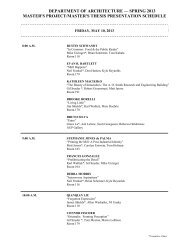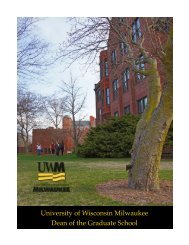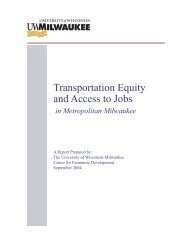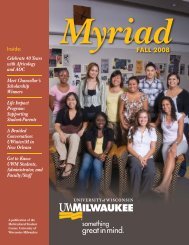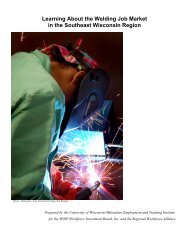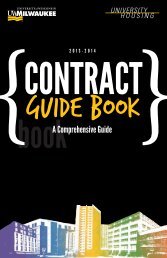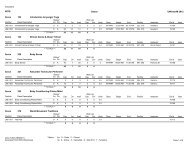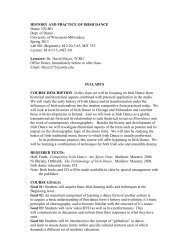Oppida and Celtic society in western Spain
Oppida and Celtic society in western Spain
Oppida and Celtic society in western Spain
Create successful ePaper yourself
Turn your PDF publications into a flip-book with our unique Google optimized e-Paper software.
260 Álvarez-Sanchís<br />
chronology furnished by the grave<br />
goods from the associated cemetery, the<br />
first two enclosures were built <strong>in</strong> the<br />
course of the fourth <strong>and</strong> third centuries<br />
BC. The third enclosure disturbed part<br />
of the cemetery, <strong>and</strong> is associated with<br />
the wars of the Roman conquest.<br />
Las Cogotas (Cardeñosa) is<br />
another large site (15 hectares),<br />
Figure 3. A barrier of closely spaced angular rocks placed to h<strong>in</strong>der the<br />
defended by two walled enclosures approach of men or horses to the oppidum of La Mesa de Mir<strong>and</strong>a,<br />
Ávila. This defensive device known as chevaux-de-frise is found <strong>in</strong><br />
(Cabré 1930). The last excavations <strong>western</strong> Europe from the Iberian Pen<strong>in</strong>sula to the British Isles (Photo:<br />
J.R. Álvarez-Sanchís).<br />
carried out <strong>in</strong> the southwest of the<br />
second enclosure (Ruiz Zapatero <strong>and</strong> Álvarez-Sanchís 1995) have revealed an area with<br />
abundant archaeological material <strong>and</strong> various specialized areas; a large communal midden, a<br />
stone pavement of complex <strong>in</strong>terpretation connected with the fortification wall, <strong>and</strong> a potter's<br />
workshop (Figs. 4, 5). The wheel-made pots with pa<strong>in</strong>ted decoration found at the site are dated to<br />
the second century BC. The observed stratigraphy is also important: the existence of a midden<br />
under the wall demonstrates that before the potter's workshop <strong>and</strong> the fortifications were built,<br />
artisanal activities were already be<strong>in</strong>g carried out <strong>in</strong> this area. Thus, <strong>in</strong> the sequence of the<br />
oppidum's occupation, there was an early period (fourth to third centuries BC) when only the<br />
upper part was walled <strong>and</strong> secondary<br />
activities were carried out <strong>in</strong> a flat area<br />
occupied by a poor quarter to the<br />
southwest, followed by a second period<br />
(second century BC) when it was<br />
decided to build a wall around this<br />
sector. It is thus <strong>in</strong>terest<strong>in</strong>g to observe<br />
that a decision was taken to establish a<br />
series of specialized activity areas <strong>and</strong><br />
Figure 4. The oppidum of Las Cogotas, Cardeñosa, Ávila was first<br />
<strong>in</strong>clude them with<strong>in</strong> the city's<br />
occupied <strong>in</strong> the Late Bronze Age but was first fortified <strong>in</strong> the fourth<br />
century BC. It was defended with stone walls <strong>and</strong> bastions beside the<br />
boundaries.<br />
ma<strong>in</strong> gates (Photo: J.R. Álvarez-Sanchís).



